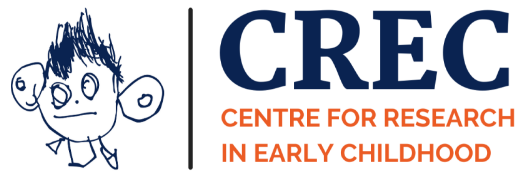The importance of physical development
From sitting up on their own to throwing a ball, children gradually develop the physical skills needed for their adult lives.
Physical development includes both growth and the ability to use muscles and body parts for particular skills. Both gross (large muscle movements) and fine (small movements) motor skills contribute to physical development, and children often learn a set of skills by a certain age.
Physical development experiences and activities are crucial in the early years and are cited as one of the three prime areas of learning and development in the Early Years Statutory Framework (EYFS) .
The EYFS states that early education programmes should:
"provide opportunities for young children to be active and interactive; and to develop their co-ordination, control, and movement. Children must also be helped to understand the importance of physical activity and to make healthy choices in relation to food."
If you are worried your child is not meeting these developmental milestones by the recommended age, you can engage your child in some physical activities to reach these goals.
Step 1 - Determine which developmental milestones you would like to address and are appropriate for your child’s age
The Centers for Disease Control and Prevention provide a list of these milestones through age 5 years, and your child’s physician will also have a list.
Step 2 - Write down a list of activities that will aid your child’s physical development for each milestone
Choose activities that will address more than one skill.
For example, playing baseball will increase muscle strength through holding the bat, improve the gross motor skills needed for swinging a bat and develop hand-eye coordination by hitting the ball.
Make sure your activities are developmentally appropriate for your child; for example, a 12-month-old child cannot hop on one foot, so don’t use an activity that requires this action.
Step 3 - Encourage independence with your child
If you go out, don’t let them sit in the stroller, but rather make them walk.
If your child is old enough to feed themselves, let them eat finger foods or use a spoon.
Step 4 - Engage your child in music and movement activities
March to a song with a strong beat to encourage steadier gait. Practice jumping, spinning, hopping, crawling or tiptoeing to a lively tune.
Purchase a keyboard or drum and let your child explore the instrument and play along with their favourite songs.
Step 5 - Foster fine motor skills through art and tactile experiences
If it’s age-appropriate, let your child cut with scissors or grab small pieces of construction paper to glue to a larger sheet of paper.
Draw circles and squares to practice the fine motor skills needed for writing. String beads onto a piece of yarn to make a necklace or bracelet.
Place pebbles, pearls or plastic objects inside a box of sand and let your child dig through the sand with his fingers to pick up the objects.
Step 6 - Play sports and enjoy outdoor activities
Try a game of football to aid both coordination and the gross motor movements of the legs. Teach your child to ride a bike or a tricycle when age-appropriate.
At CREC, we offer a postgraduate Physical Activity in the Early Years Module that takes a look at the young developing child through the lens of movement, physical activity and sport.
Designed to support practitioners to combine their creativity, critical reflection, knowledge and experience in order to improve outcomes for children, develop their own practice and grow as professionals, this module is suitable for anyone working with children from birth to 7 years.
To find out more about the course, visit our MA Module page > Physical Activity in Early Childhood
Article from Global Post
